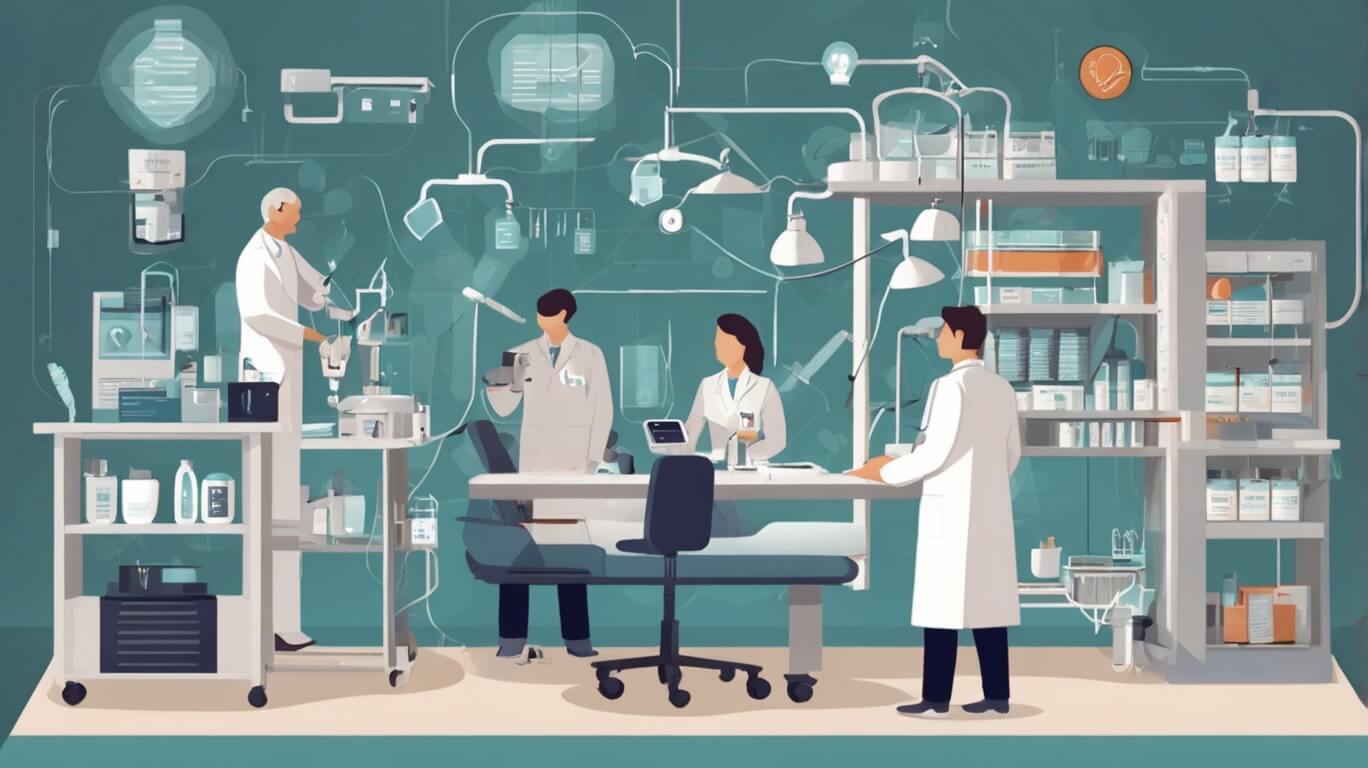Overview of Healthcare Innovation in the Last Decade
The past decade has witnessed significant advancements in healthcare innovation, driven by technological advancements, new treatment modalities, and a focus on improving patient outcomes. These innovations have transformed various aspects of healthcare delivery, from diagnostics to treatment and patient management.
Key Innovations
1. Artificial Intelligence (AI) and Machine Learning
AI has emerged as a powerful tool in healthcare, enabling more accurate diagnoses and personalized treatment plans. AI systems analyze vast amounts of medical data, including images and patient records, to identify trends and predict health outcomes. For example, AI models have achieved skin cancer detection accuracy comparable to dermatologists, enhancing early detection capabilities.
2. Telemedicine
The rise of telemedicine has revolutionized patient care, particularly during the COVID-19 pandemic. This technology allows for remote consultations and monitoring, improving access to healthcare services for patients in underserved areas. Studies have shown that telemedicine can enhance patient satisfaction and reduce healthcare costs.
3. Gene Editing Technologies
Technologies such as CRISPR-Cas9 have opened new avenues for treating genetic disorders by allowing precise modifications to DNA. This advancement holds promise for curing previously untreatable genetic conditions and is being explored in various clinical applications.
4. Wearable Technology
Wearable devices have gained popularity, enabling continuous health monitoring. These devices collect data on vital signs and physical activity, allowing for proactive health management. They can alert healthcare providers in emergencies, facilitating timely interventions.
5. 3D Printing in Medicine
3D printing technology has advanced significantly, enabling the creation of customized medical devices and even drugs tailored to individual patient needs. This innovation enhances the personalization of treatments and has applications in various fields, including surgery and drug delivery.
6. Robotics and Automation
Robotic surgery systems have improved precision in surgical procedures, reducing recovery times and complications. Innovations like robotic exoskeletons assist individuals with mobility impairments, showcasing the potential of robotics in rehabilitation.
Emerging Trends
1. Internet of Medical Things (IoMT)
The integration of smart medical devices connected via the internet allows for real-time monitoring and data sharing between patients and healthcare providers. This connectivity enhances patient care but also raises concerns about cybersecurity.
2. Nanotechnology
Nanotechnology is being utilized to develop targeted drug delivery systems and imaging agents that improve treatment efficacy while minimizing side effects. Recent studies highlight its potential in treating complex diseases like cancer.
3. Virtual Reality (VR) and Augmented Reality (AR)
VR is increasingly used for surgical training, allowing surgeons to practice complex procedures in a risk-free environment. AR aids in surgical navigation, enhancing the accuracy of operations.
Conclusion
The last decade has been marked by transformative innovations that have significantly impacted healthcare delivery. The integration of advanced technologies such as AI, telemedicine, gene editing, wearable devices, and robotics has not only improved diagnostic accuracy but also enhanced treatment options and patient engagement. As these innovations continue to evolve, they hold the potential to further revolutionize healthcare practices globally while addressing challenges related to accessibility, cost-effectiveness, and data security.

